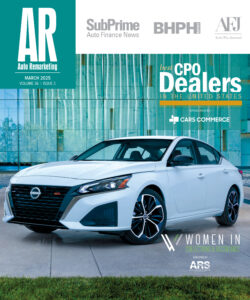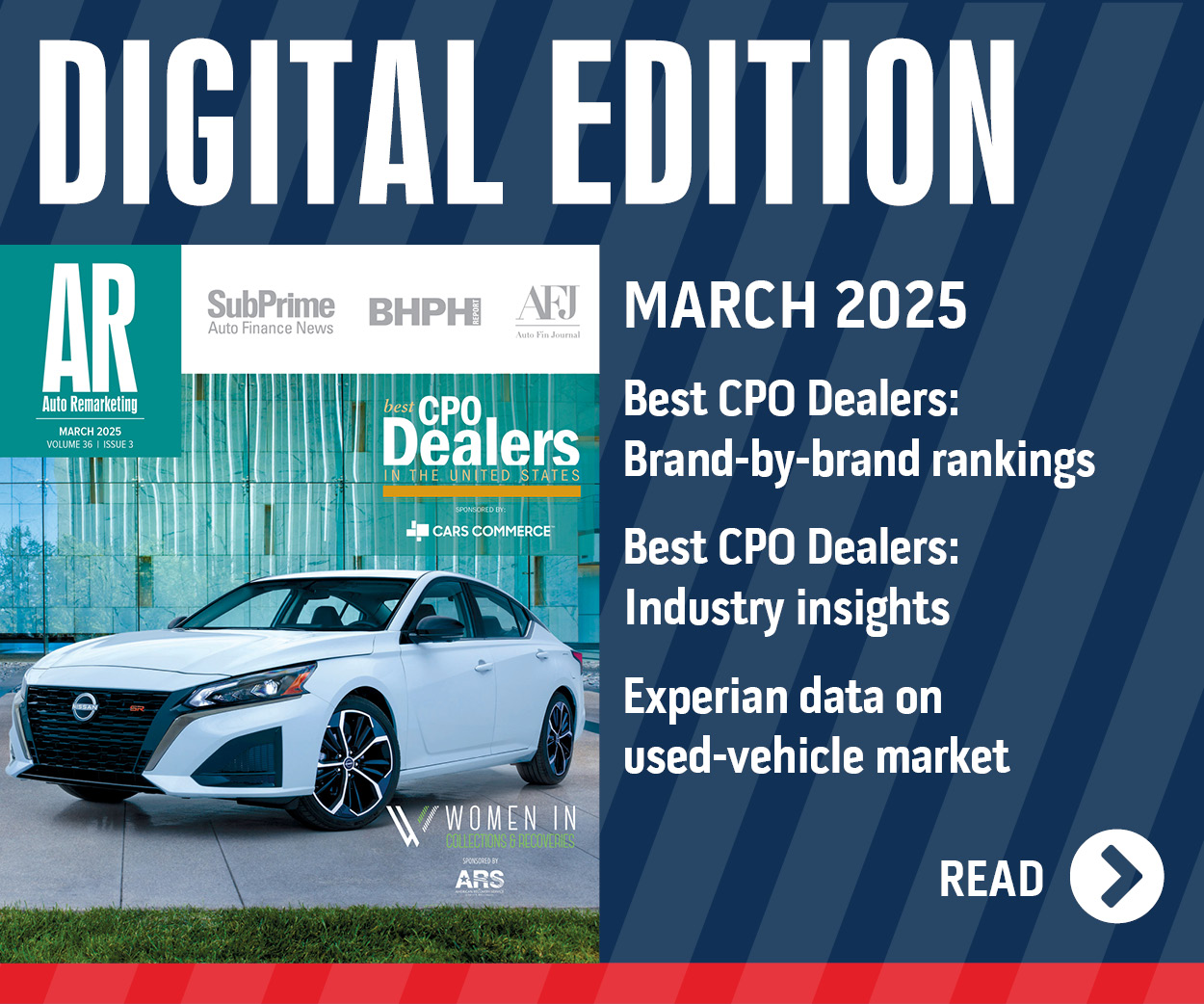Auto leaders lend advice on regulating future car tech

Businesses in the automotive space have to spend quite a bit of time familiarizing themselves with laws and regulations to maintain a compliant business within the regulatory environment in which they operate.
How they are allowed to operate depends heavily on how regulators determine to interpret and enforce legislation.
With hot topics like autonomous vehicles on the docket for future discussions, it would not be surprising to see concern about how future technologies are going to impact the automotive business overall and, eventually, your own business.
What will you have to keep an eye out for? How much time and money will you have to invest to stay off the wrong person’s radar?
This is where the Federal Trade Commission’s recent Auto Regulation Workshop comes in. Looking ahead at the future automotive landscape, panels of auto industry peers and experts gathered together in Washington on Tuesday to discuss various topics involved with automotive distribution and regulation.
One key topic discussed toward the end of the day of panels was future trends, where FTC moderator Ellen Connelly proposed to a panel of automotive industry experts: how would you advise regulators who are trying to figure out how to regulate emerging technologies? How should they balance consumer interests and consumer protection without hindering innovation?
National Automobile Dealers Association president Peter Welch had simple, matter-of-fact advice for regulators deciding how to handle regulating future automotive technologies.
“Keep an open mind, listen to all the parties, and do what they’re elected to do: make good public policy,” Welch said.
Bryant Walker Smith, an assistant professor of law at the University of South Carolina, went a bit further in depth with his advice.
“The details matter but the broader social context determines how many of those details will be interpreted,” Smith said. “So states need to begin by closely auditing their existing laws, identifying all of the potential obstacles and impediments to particular technologies, in consultation with the developers, who should be doing the same thing.
“But in addition to that detailed approach, rather than the superficial approach we’ve sometimes seen from state legislatures with respect to automated vehicles and other technologies, both the public sector and the private sector needs to build a public safety case for these technologies,” he continued. “Start talking about what ‘safety’ means, how that safety will be measured, and how that safety will be monitored for the lifetime of the systems.”
Robbie Diamond, the founder, president and chief executive officer of Securing America’s Future Energy, recommended that regulators not get too caught up in how to prevent mistakes with new technologies like self-driving vehicles, and, instead, allow them to be tested and learn from the mistakes.
“There will be problems. There will be hiccups. There will be bumps. All of that is true,” Diamond said. “But let us allow consumers to have an opportunity. Let’s allow these companies, both automakers and new entrants, to get their products on the road, see how it works, and then come in afterwards and make sure that if something goes wrong to deal with it. But not to think that we can prejudge while sitting in Washington or while sitting in any state capital. It’s laughable (to think) that we could.”
Uber’s head of policy development, Ashwini Chhabra, gave advice from his former position as a taxi regulator to advise future regulators to learn as much as possible about the new automated technologies, as they are developed and released, to make sure their regulations fairly reflect the abilities and limitations of the technologies they overlook.
“A couple of things that I think are necessary in fashioning good regulation, and I say this as a former taxi regulator, is that there is the need to be an expert in your area where you are regulating,” Chhabra said. “Which means staying current with new technology trends and being nimble. And regulation is often incremental, much to the frustration of the people who are innovating in an industry, but that can work so long as a regulator then keeps up and the process is such that it allows for regular and frequent updates. Because the technology is just moving that fast.
“I think sometimes we have this rep(utation) of being opposed to regulation (as innovators in the industry). Nothing is further from the truth,” he continued. “We advocate for sensible regulation, it’s just that the process takes so long and there’s entrenched interests and so forth, but whether it’s auto distribution, whether it’s permitting new vehicle technology, whether its regulating for-hire services, it’s clear that all of these sectors require a greater degree of expertise that regulatory agencies have historically not had or have not been able to stay current in.”
The American Automobile Association’s director of federal relations, Avery Ash, resonated with Chhabra’s comments, and urged regulators to learn as much as possible about the new technologies before judging them.
“Whether you’re a federal or state legislator, it begins with educating yourself about the technology and then asking smart questions,” Ash said. “Figuring out the right questions to ask and to identify where or if regulation or legislation is important. Then it really comes down, from our standpoint, it’s back to those principles: if you’re thinking about it from a consumer perspective, it’s about transparency and understanding the technology, it’s about security and understanding the safety behind it, and then it’s promoting consumer choice. I think, with all those three, that’s how you really realize the benefits of this technology.”

 View The Latest Edition
View The Latest Edition

